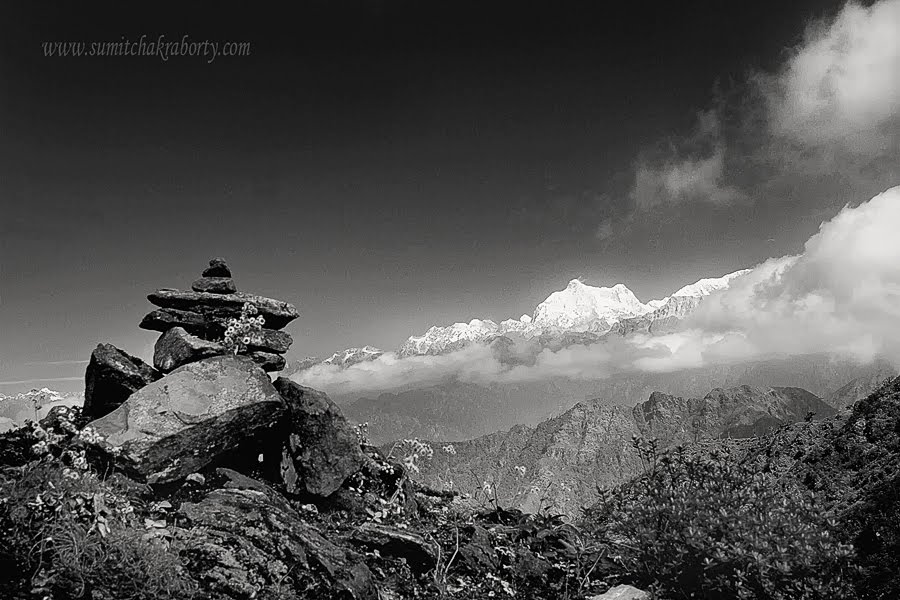The History of Keoladeo Ghana National Park:
Keoladeo Ghana National Park, better known as
Bharatpur Bird Sanctuary is a very popular birding spot in Western India for
decades. Situated at the border of U.P and Rajasthan, 52 km from Agra, it
primarily was a duck shooting reserve of Maharanas of Bharatpur and the British
officials since 18th century. Maharaja Suraj Mahl, famous Jat ruler
of the princely state of Bharatpur, constructed “Ajan bund” (dam) between
1726-1763 to save the town of Bharatpur from recurring floods as this region
was low lying than two rivers Banganga and Gambhiri. The depression caused due
to removal of soil to build the Dam was later filled up by flood water during
monsoons and resulted in perfect conditions for a wide variety of waterfowl to
flock here and converted into a private reservoir of Suraj Mahl. In 1902, Lord
Curzon, the then Viceroy of India formally inaugurated the hunting reserve with
an organized duck shoot. 12th November, 1938, a total of 4273 ducks were shot,
of which the then Viceroy of India, Lord Linlithgow, alone killed around 2000.
A series of marble plates near the Keoladeo temple inside the park proclaims
the history of such killing . The 28.72 sq. km area was declared “Sanctuary” in
1956 by Govt. of Rajasthan and put under control of Dept. of Forest but duck
shooting continued till the enactment of the Wildlife Protection Act, 1972. The
status was upgraded into “National Park” in 1981 and in 1985 UNESCO certified
it as “World Heritage Site”. The name “Keoladeo Ghana National Park” has been
derived from the name of an ancient Shiva temple, situated within the park and
the word 'Ghana' means dense forest.
 |
| The Guide Map of KNP |
 |
| Painted stork with catch |
 |
| Indian Robin ( Male) |
 |
Darter tossing it's catch
|
Rich Biodiversity of Keoladeo Ghana National Park
Though the name suggests it is a bird sanctuary , and people from around the globe come here
to watch and photograph birds mainly , yet this park is rich in wide range
of biodiversity and houses (a) more than
350 bird species (including more than 110 migratory) belonging to 56 families,
(b) 27 species of mammals like Neel Gai (Blue bull), spotted deer, Sambhar,
wild boar, Jackal etc and even a lone leopard was seen from Sept 1987 to May
1998, a tigress was seen during 2000 – 2004 and another tiger had been reported in 2010. ( C) 5 lizard species,
13 snake species, seven turtle species (out of 10 that are seen in Rajasthan)
(d) 43 species (about 50% of the total fish species found in Rajasthan) , (e)
About 379 species of plants (including 96 wetland species).
 |
| Squirrel |
 |
| Blue Bull ( Neel Gai ) , Female |
 |
| Blue Bull ( Neel Gai ) , Male |
 |
| Jackal |
This park always fascinates me
whenever I go for a visit. "No motor vehicle after the second gate"
policy makes it more special to me. Yes
here jungle safari is to be done by paddle rickshaws or in bicycles . the
Rickshaw pullers are predominantly Sikh ( don't know if there is any story in
history ) and are well aware about the birds English names, habits etc and hence
can play the role of guide for the common tourists. But there are several trained naturalists also to help more serious
tourists ( obviously in lieu of extra charge) . For serious photography , cycle
is the best option which can be hired
from the entrance . At the entrance
ticket counter you can get the map of entire park to travel your own without any
difficulty.
 |
| Black Redstart |
 |
| Spoonbill |
 |
| Pond Heron With Catch |
 |
| Brahmani Starling |
Important Information:
A)Nearest railhead is Bharatpur
from where the park and accommodations are only few km away and can be reached
by rickshaw, auto or car. Direct trains to Bharatpur station are very limited .
Alternate options are
a) reach Agra by train and then
reach the park by road which is 52 km away.
b) reach KNP by road from Delhi
B) there are lots of
hotels/resorts/guest houses around KNP , you can chose according to your
budget. I always stay at Iora Guest House. The owner Devendra Sing himself is
an eminent naturalist and wildlife photographer . The booking can be done by
dialing 09461643412
 |
| Sambar ( Male) |
 |
| Sambar ( Female) |
 |
| Sarus Crane : The Largest Flying Bird Of India |
 |
| Grey Heron With Catch |


































